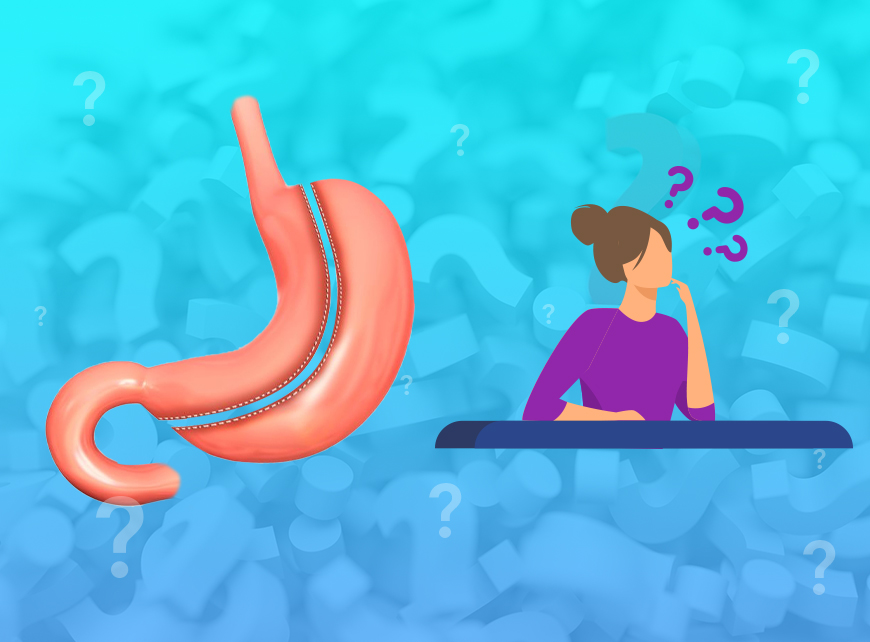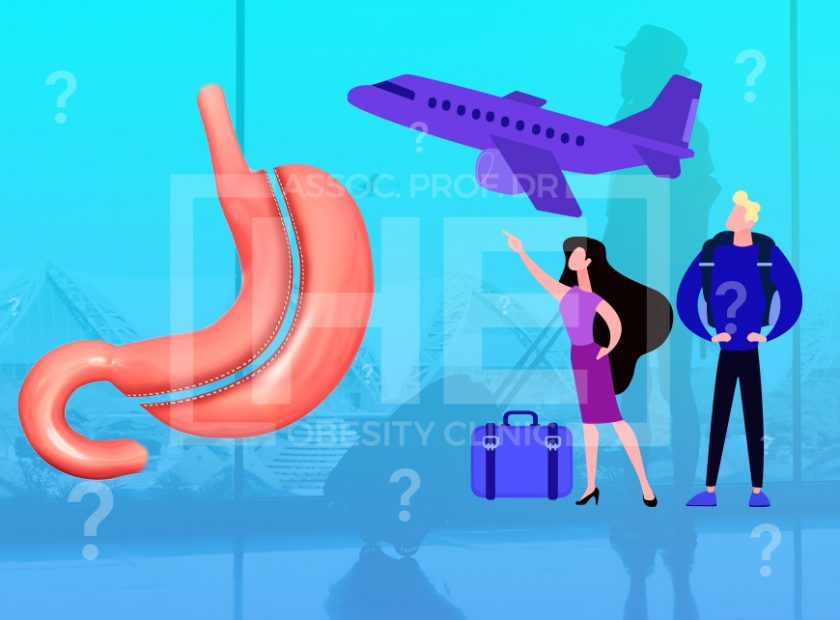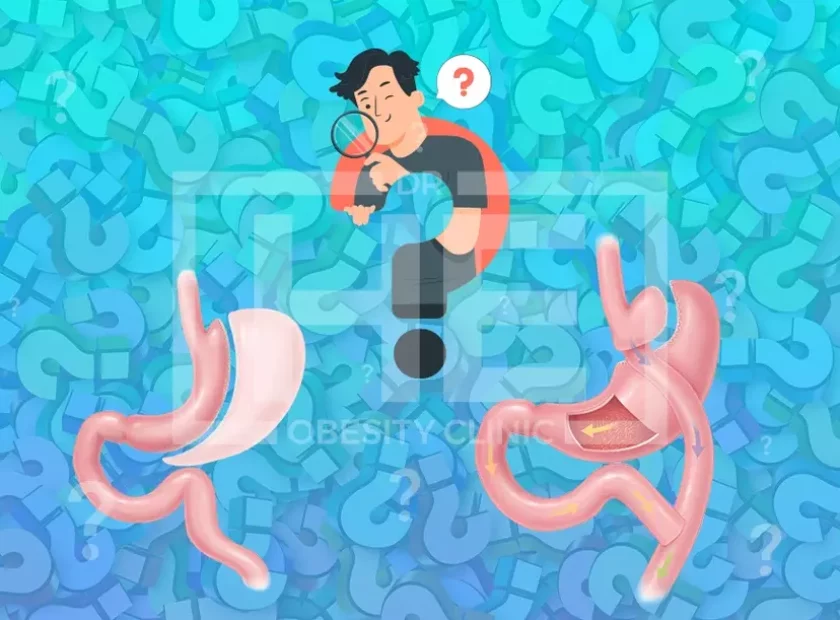
Does Stomach Grow After Gastric Sleeve Surgery? Although there are no long-term follow-up results that the stomach can grow again in people who have Gastric sleeve surgery, it is a fact that after successful surgery, effective weight loss is achieved for many years. Ideal weight is reached within about 2 years after surgery.
After surgery, weight loss of 10-15 pounds is achieved in the first month, while slower weight loss occurs in the following months. It is also undesirable to provide weight loss too quickly already. Because both vitamin and electrolyte deficiencies can develop and sagging can occur in the body. Ideal is to lose 4-5 pounds per month on average.
Gastric sleeve surgery is an operation aimed at weight loss by shrinking the stomach. If it is necessary to evaluate all methods of bariatric surgery, on average, the loss of 50-75% of excess weight is a successful and possible goal.
This goal is approached at the end of 1 year. But the speed of weight loss and the continuation process are usually much related to the patient’s age, gender, side diseases, eating habits. Being able to manage the post-operative process and make lifestyle changes will make you successful.
If weight loss slows or stops after obezite surgeries, the first thing to do is to determine the factors that cause weight loss. The best way to ensure this is to meticulously keep a record of food/drink and exercise. It may sound boring, but it’s proven effective. It may sound boring, but it’s proven effective.
We usually eat more than we think we eat. Snacks made in front of the TV, sugary drinks drunk on desk duty, snacks made at midnight before bed, and a lot of behavior can cover up the amount of food we consume.
After Gastric sleeve surgery, some growth of the stomach is a natural process. But too much growth of the volume of the stomach can cause the weight to be removed again. In order for the patient to return to his old weight, the stomach does not need to return to its old volume.
After Gastric sleeve surgery, failure to follow the correct nutrition rules and not regulate the lifestyle lays the foundation for the growth of the stomach. The most important nutritional error is the consumption of carbonated drinks and the simultaneous intake of solid and liquid foods.
Stomach enlargement is not expected if you take care not to comply with the rule of solid liquid, especially after the first feeling of satiation for the first 6 months and not to consume carbonated drinks including soda.
Each person’s stomach volume is about 2 to 4 liters. And contrary to popular belief, there is not much difference between fat people and thin people in terms of stomach size.
Our stomach is made up of muscles. When we feel hungry and send a signal to our brain that we are about to eat, these muscles relax and prepare themselves for future nutrients.
When eating, the average person’s stomach can expand five times as much as normal. The more energy our body needs, the more our stomach expands to fit enough nutrients. A large part of the stomach is removed with Gastric sleeve surgery.
In surgery, the part that secretes ghrelin, also known as the hunger hormone, is also taken. In addition, the taken part of the stomach is a thinner-walled part and therefore prone to expansion. Because the section left behind is thick-walled, its flexibility is less and it is also more difficult to expand.
Since 80 percent of the stomach is removed and the hunger hormone is not secreted as before, it is possible for patients to lose weight after Gastric sleeve surgery.
Although the stomach, which is shrinking in volume, expands slightly during the act of eating, it is now one-tenth the size of the old one, and patients are less saturated with food because they also do not feel severe hunger.
What happens to the rest of the stomach after gastric sleeve?
The size of the stomach before surgery; the volume of the stomach in a person is 0.94 liters. For this reason, when you are hungry, you are 1 kg short. Although surprising, obese patients also have the same stomach size as normal individuals. Hunger is felt only because of the looseness of the stomach.
Bougie is a thin and long tube-shaped guide and measurement tool used by the surgeon to divide the stomach. It is inserted into the patient’s mouth down the throat, towards the end of the stomach, creating a measure for the size of the stomach.
The surgeon’s cut line is the size that occurs when the surgeon shapes the stomach during surgery. Determines the volume of the stomach after surgery. Because of these three factors, the size of the stomach before and after surgery will be different for each patient.
How Long Does It Take for Your Stomach to Expand After Gastric Sleeve?
It typically takes several weeks for the stomach to expand after gastric sleeve surgery. This time frame can vary based on a variety of factors, such as the individual’s healing process and adherence to the recommended diet and exercise plan. It is essential to adhere to the surgeon’s and medical team’s instructions to ensure proper healing and avoid complications.
Will I feel hungry after gastric sleeve surgery?
Gastric sleeve surgery interferes with the fundus section, which is the appetite Center in the stomach, resulting in the patient’s desire to eat less and be hungry than before. For this reason, appetite after surgery is significantly reduced compared to before.




